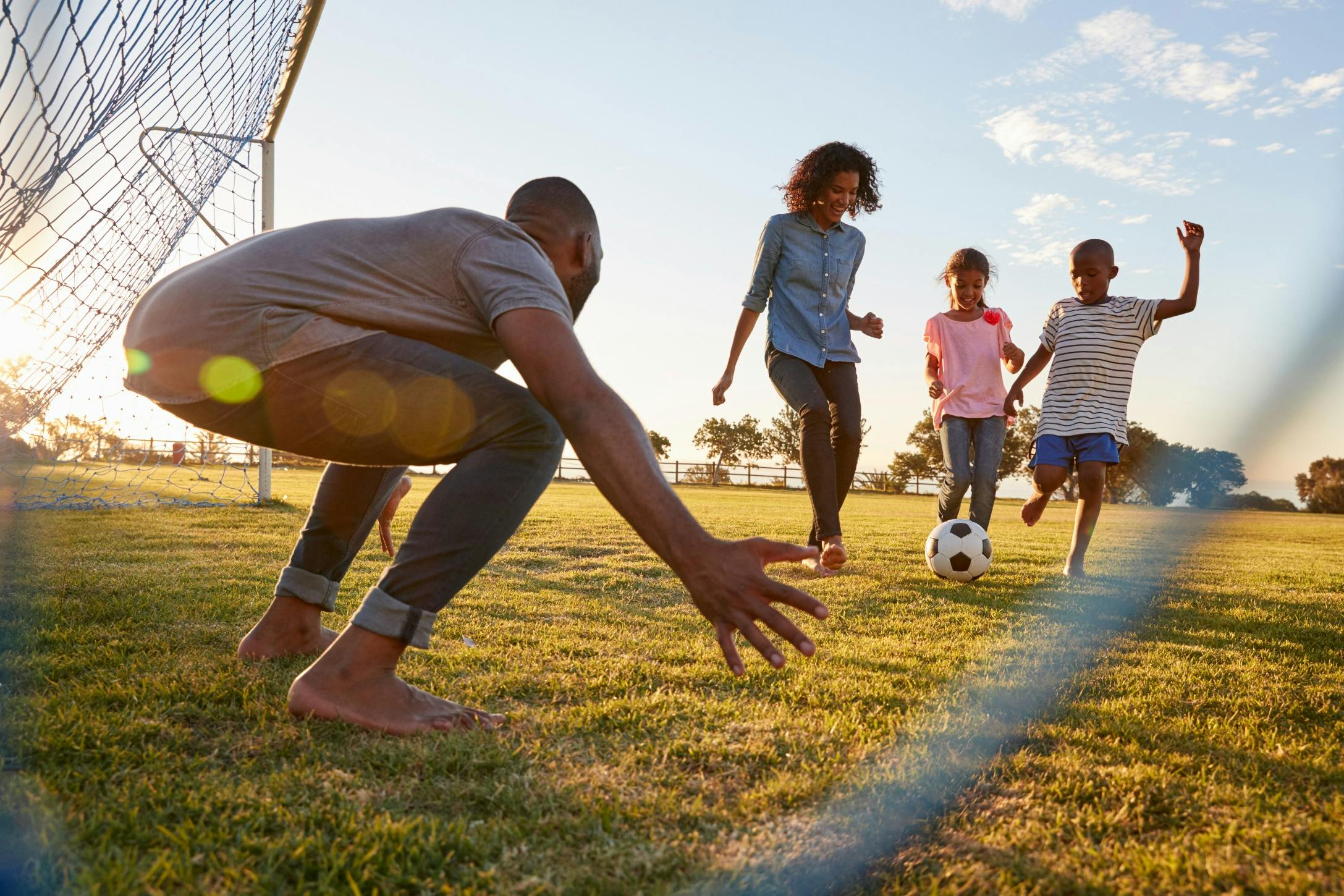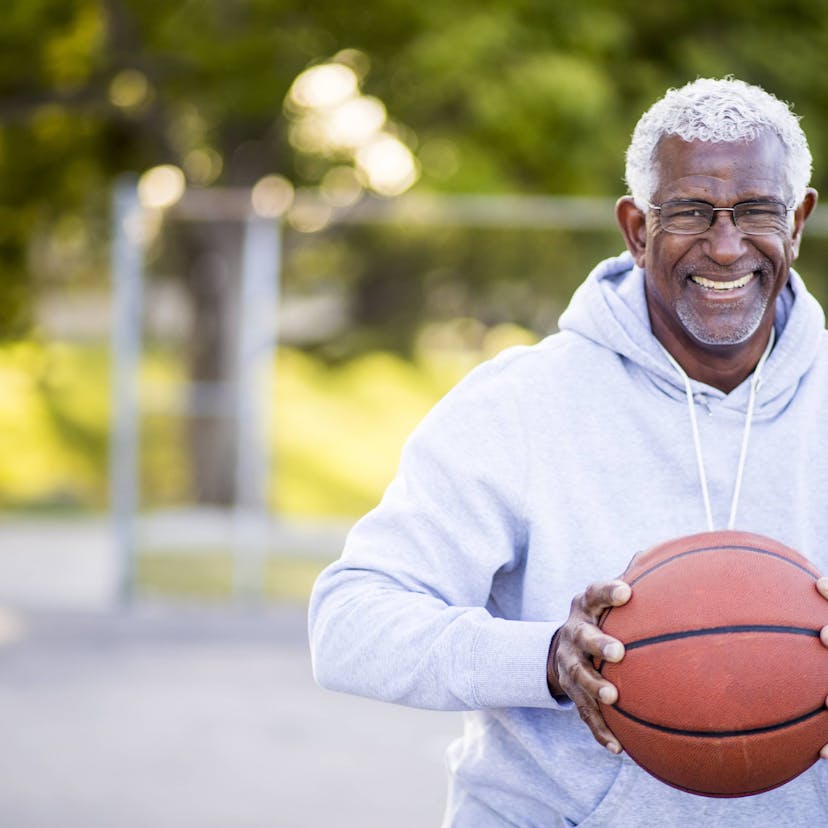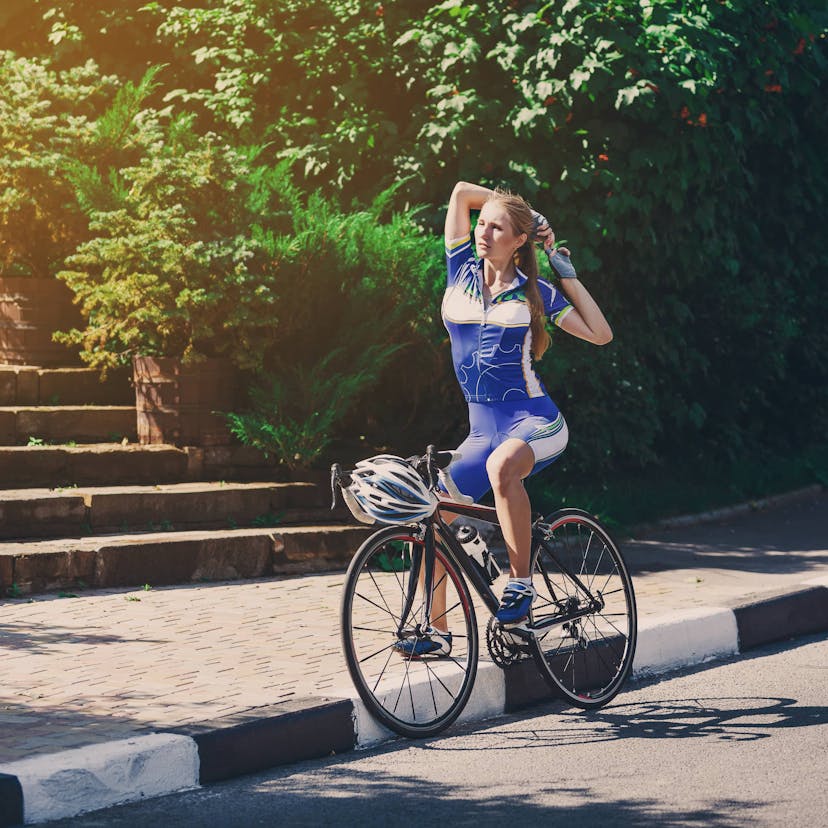How Prolotherapy Can Treat Ligamentous Laxity?
Hypermobility can lead to an increased risk of injuries, as ligaments and tendons can easily be overstretched. Prolotherapy can help stimulate your body's natural ability to heal itself, helping to reduce pain and increase functionality.

Flexibility is often touted as one of the keys to being healthy. Unfortunately, there’s such a thing as too much of a good thing. When your joints and ligaments are too loose, you can develop what’s called ligamentous laxity (or generalized joint hypermobility). Luckily, this condition can be treated with prolotherapy.
Symptoms of ligamentous laxity can include:
- Musculoskeletal Pain
- Muscle Spasms
- Fatigue
- Dysautonomia (impaired autonomic reflexes)
- Headache
- Abdominal and Pelvic Pain
- Mitral Valve Prolapse
- Arthritis
- Bone Spurs
- Clicking and Popping Joints
What Are Ligaments and Tendons?
In some ways ligaments and tendons serve the same function — they are both fibrous connective tissues that attach things within the body. The difference is what they attach.
- Ligaments connect bone to bone. Generally, their purpose is to hold structures together and keep them stable.
- Tendons attach muscles to bones, giving your body the strength to move objects. Tendons can also attach muscles to structures within your body, such as your eyeball.

Don't let an injury keep you from spending time with loved ones. Support your body's natural ability to heal and get back to the things that matter most.
What Causes Ligamentous Laxity?
Ligamentous laxity is caused by the chronic instability of joints and the surrounding structures. It typically begins early in life with individuals who are very active. Gymnasts, ballerinas, and yogis who undergo extensive stretching are more prone to develop ligamentous laxity.
However, individuals who frequently suffer sports-related injuries (such as sprained ankles) or practice poor posture (such as slouching) can also develop ligamentous laxity.
How Does Ligamentous Laxity Contribute to Injuries?
A 2016 study looked at how ligamentous laxity in athletes contributed to injuries. It found, “Generalized ligamentous laxity is an important predisposing factor for acute and chronic shoulder injuries in athletes.”
Furthermore, The American Journal of Sports Medicine reports that those with ligamentous laxity (hypermobility) also tend to have less muscle mass and overall strength. The American College of Rheumatology surmised that the increased laxity in tendons may make it more difficult to transmit power to muscles, partly contributing to this decrease in strength.
There is no conclusive evidence as to why ligamentous laxity contributes to an increase in injuries. However, some research suggests this increased flexibility makes individuals less stable and more likely to contort their bodies into unnatural positions.
Popular Health Tips
With Ligament Laxity, What Are the Most Commonly Affected Joints?
According to the Cleveland Clinic, “The most commonly affected joints are your elbows, wrists, fingers and knees.” For those who suffer from hypermobile joints, the most debilitating areas to be affected tend to be those within the lower half of the body — as these most commonly lead to an increased risk for injury.
Research studies have been conducted on both knees and ankles for those who suffer from loose ligaments. A 2016 study published in Orthopaedic Journal of Sports Medicine looked at the link between ligamentous and injuries. Researchers found that “Female athletes with a high generalized joint laxity score may be more prone to ligament injury and potentially to recurrent ligament injuries.”

When you're struggling with hypermobility or ligamentous laxity, even something as simple as kicking a soccer ball with your kids can be difficult.
Prolotherapy Can Help Treat the Cause of Ligamentous Laxity
From playing with your kids to hitting the slopes, ligamentous laxity can keep you from the activities you love the most. Symptoms are often treated with ice, anti-inflammatory drugs, cortisone shots, and/or painkillers.
Unfortunately, these solutions act as Band-Aids. They don’t help you heal. Rather they mask the pain and can allow you to do further damage.
Similarly, those who suffer from ligamentous laxity are also known to crack their joints. While this provides immediate relief, it can ultimately lead to more damage. Excessive cracking of your joints can wear out the cartilage, causing bones to rub on bones.
A 2016 clinical study looked at the effectiveness of prolotherapy in treating hypermobility (aka ligamentous laxity). The study had a 91.3% success rate for helping reduce pain and increase stability with as little as one prolotherapy injection. The majority of patients needed to receive additional injections to see maximum results. Furthermore, the study showed that this non-invasive, natural treatment has no permanent complications.
How Does Prolotherapy Work?
In order to treat the cause of ligamentous laxity, your body’s ligaments need to be strengthened. Prolotherapy helps trigger your body’s natural ability to heal the injured ligaments and surrounding tissues.
The process is nearly 100 years old. It involves injecting an “irritant” solution into the soft tissue at the site of the injury. The irritant causes the surrounding tissue to swell, effectively sending signals to your brain that tell your body to heal that specific area.
By alerting the body to focus on healing a specific area, you supercharge the healing process. This can offer patients pain relief and promote the re-growth of muscles and tissues. Not all injuries can be healed using prolotherapy. In extreme cases, such as when a ligament is fully detached or a bone is broken, surgery may be the only course of treatment that offers a full recovery.
Prior to any prolotherapy treatment being administered at Premier Integrative, a full evaluation and patient history — along with injury history — is conducted. Additionally, our naturopathic doctors will work directly with your entire medical team to ensure that any treatment administered supports your overall health goals.






